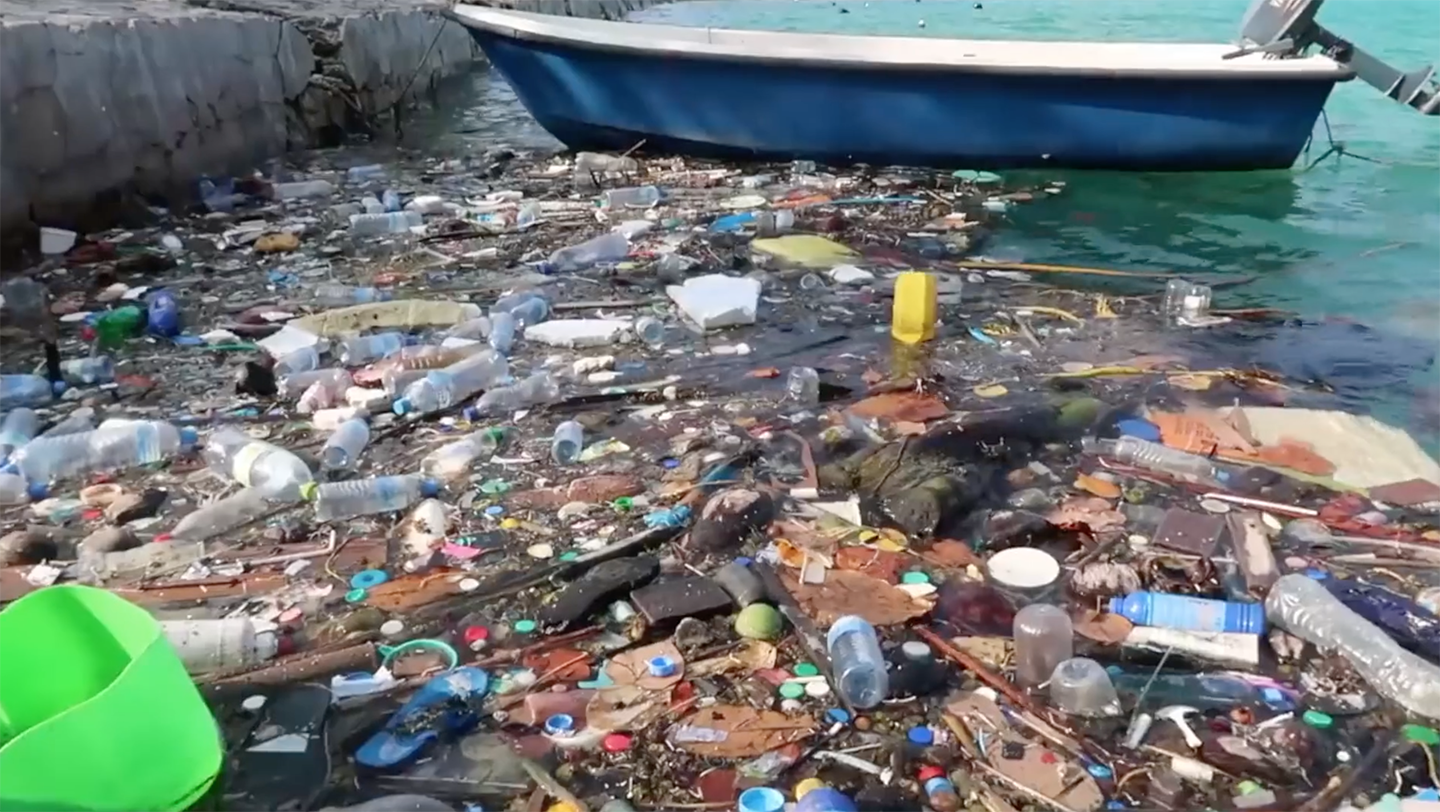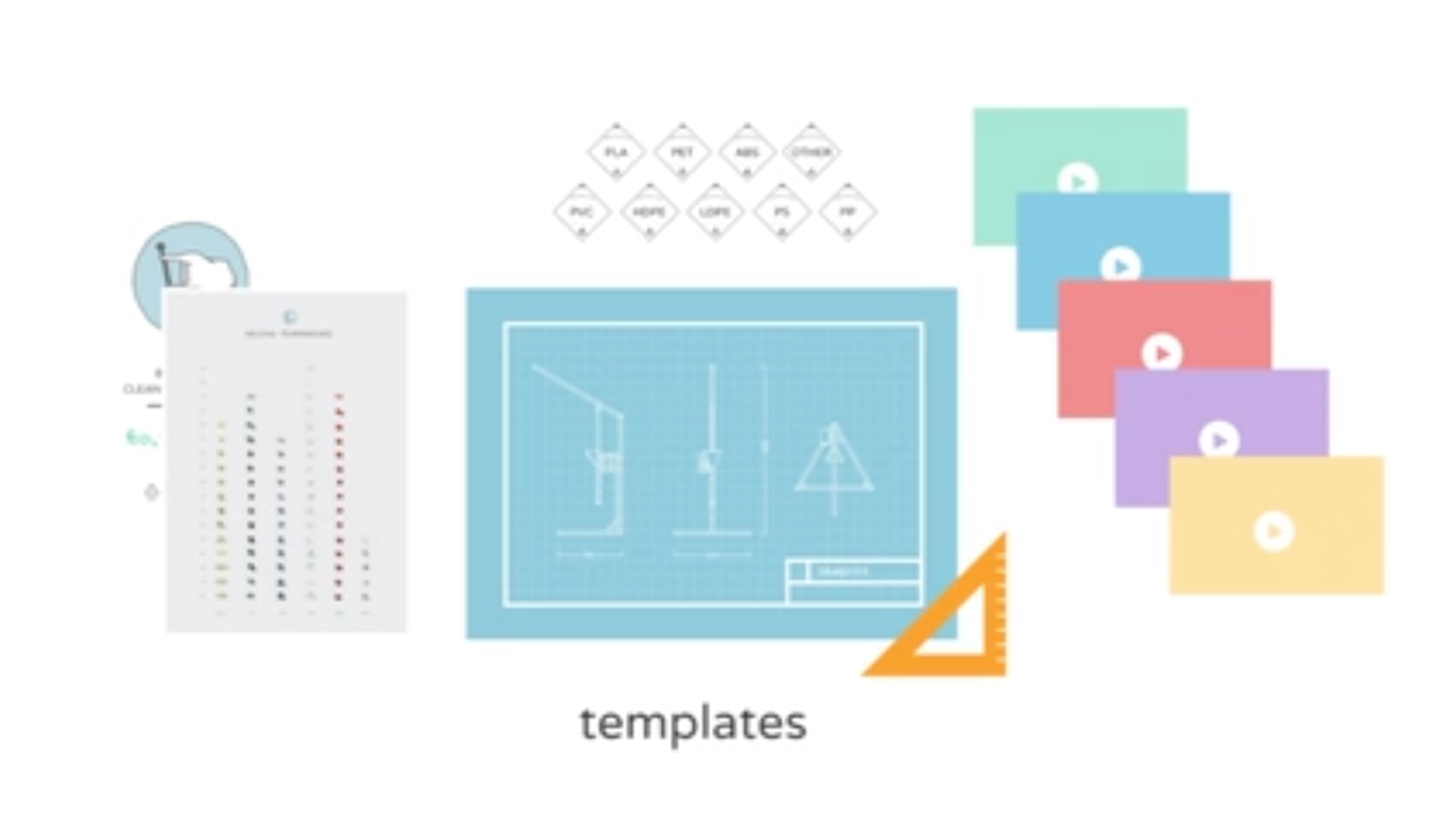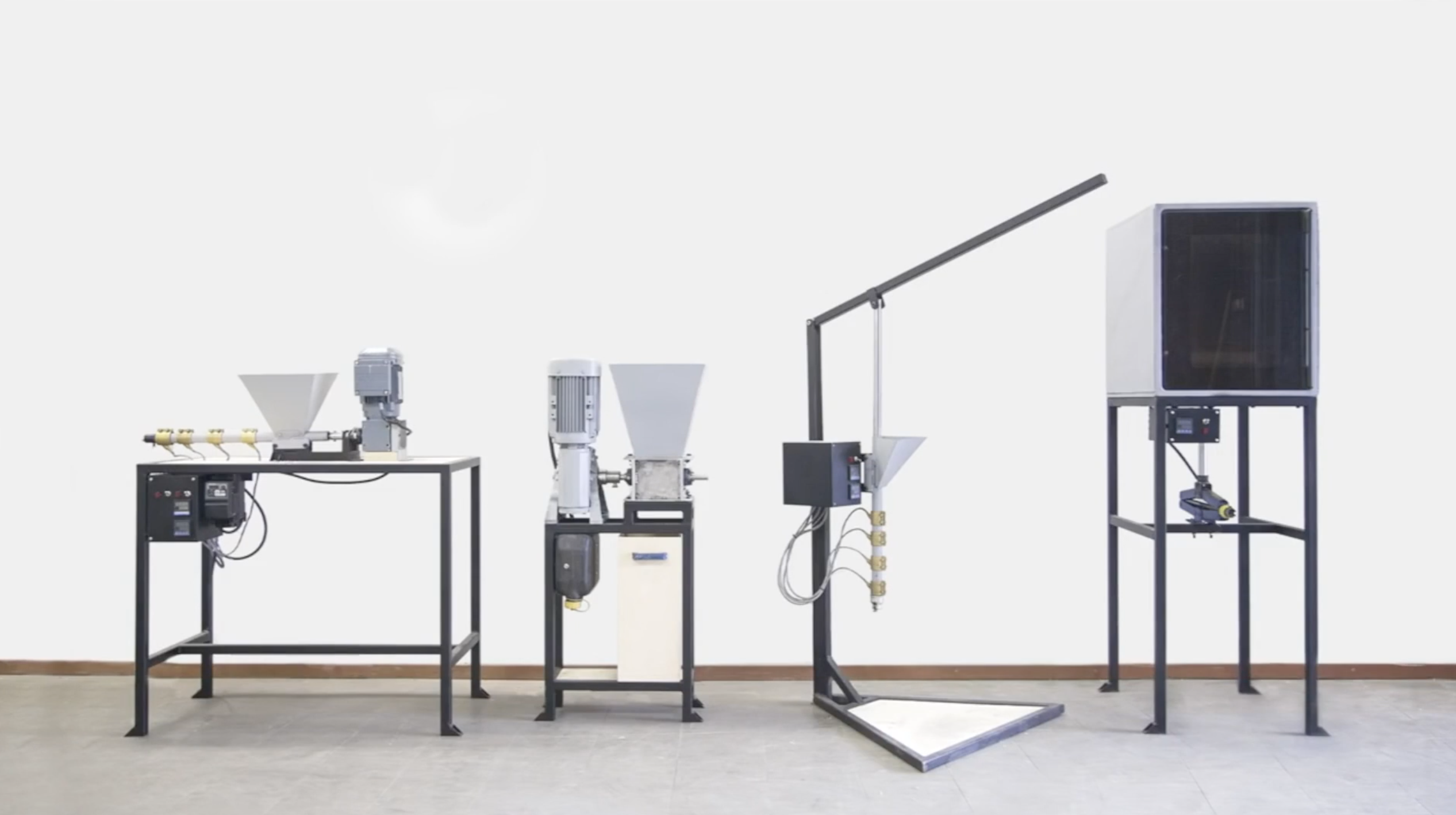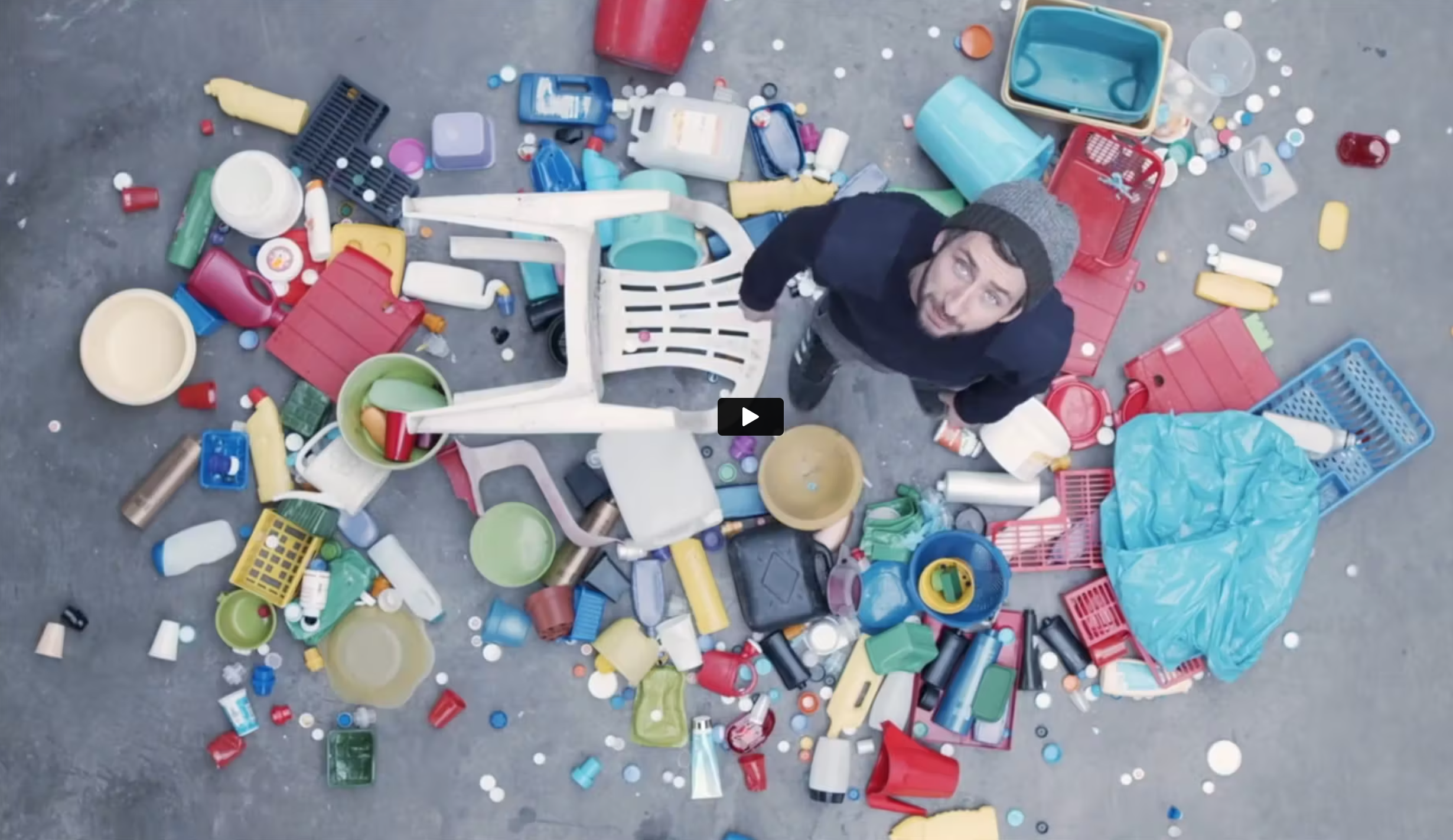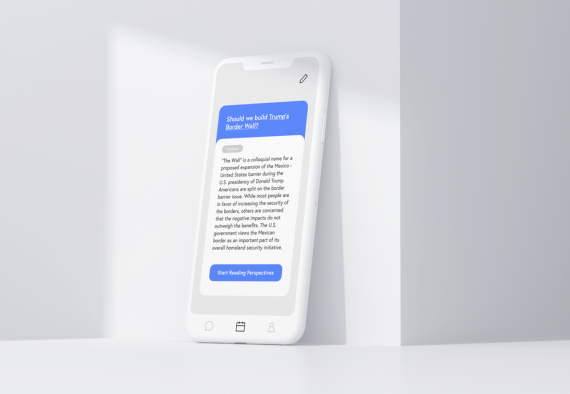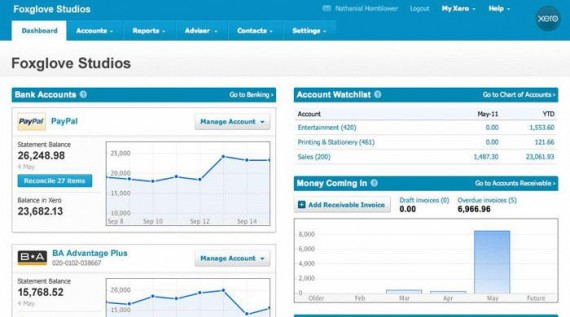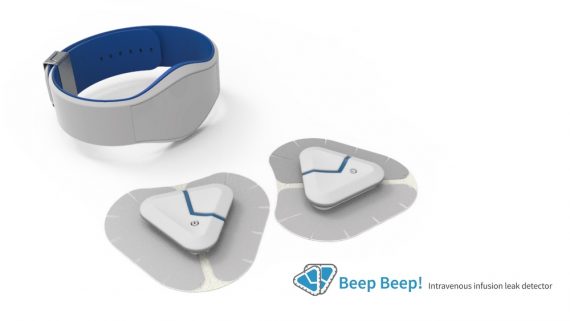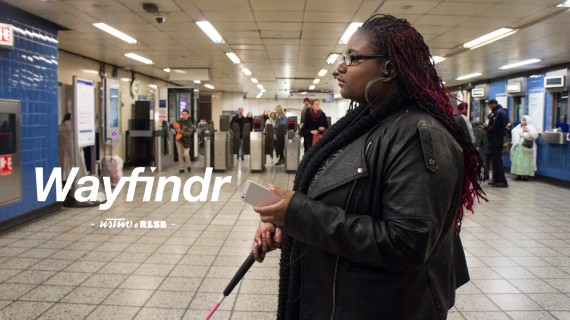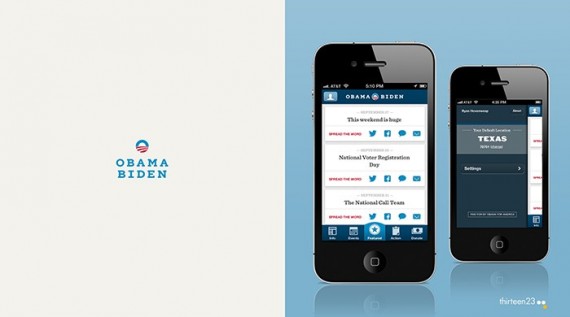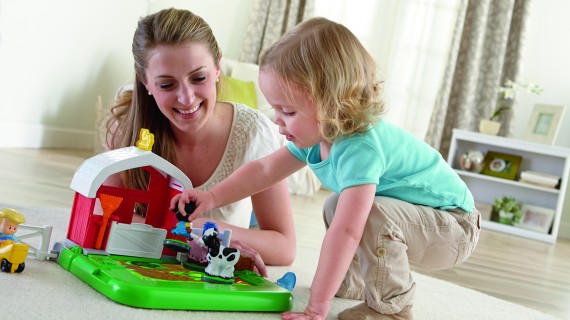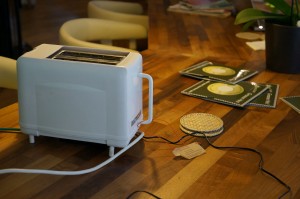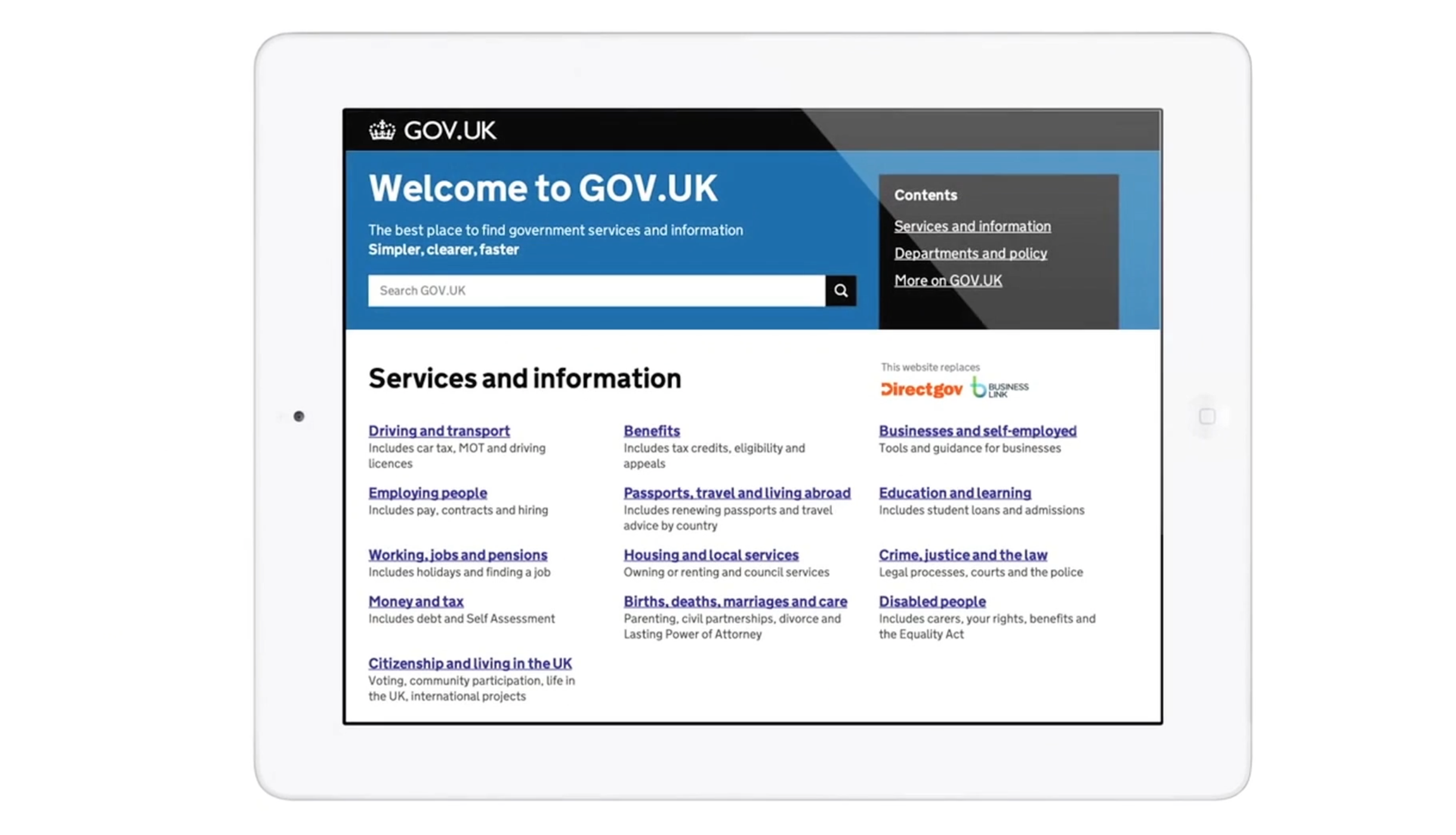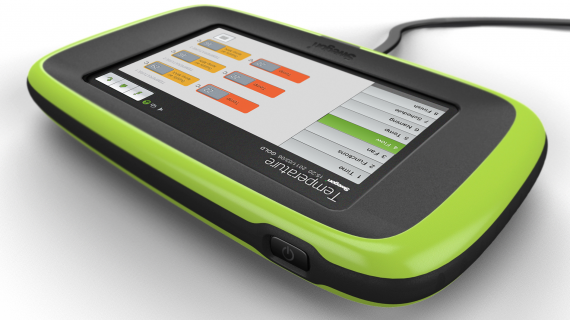Precious Plastic Community
Team
Company | Institution
Category
Type
Project description
Precious Plastic is a combination of people, machines, platforms, and knowledge to create an alternative global recycling system. In selecting this year’s Future Voice Award, I found myself looking at designers who are looking around at how do human beings interact with the planet … In brief, Precious Plastics is trying to solve the horrific environmental crisis of the waste of ocean plastics … what I’m recognizing is tens of thousands of individuals around the world who are bringing out their own Interaction Designer … addressing some of the most problematic carnages that come from how we live on this world. – Dan Makoski, Interaction Awards Jury Chair
This is 2020. It's a metaphor of perfect vision and clarity. And I think this Future Voice Award, as we use the notion of clear vision of the future, I just want to encourage us to shake off any impostor syndrome that might crop up as we think about designing for bigger and bigger or societal and global challenges.
There's one project in particular that I've been following for the last several years. And so this year's Future Voice Award goes to the Precious Plastics Community. Now, this was a project started by an individual designer, Dave Hakkens, several years ago. What I'm looking at now is the community across the globe that has used the templates and tools and open source plans that Dave Hakkens has offered up and has made them their own.
So, in brief, Precious Plastics is trying to solve the horrific environmental crisis of the waste of ocean plastics. There's a lot of systemic issues where we need to think about manufacture and new materials, but there's also, well, what do we do with all of the waste? So Dave thought about, how can we create a plastics upcycling center? There's tools for processing those plastics into raw materials, and then there's machines and processes that can form new products. And he did it in a way where it wasn't just some individual design studio creating something cool.
It was, how do we engage the entire community of makers and environmentalists and designers and tinkerers and educators and enthusiasts who want to address this problem? And so he made his plans open source. He created kind of this community network map of individuals who want to fund or want to build or want to contribute or have plastics or have ideas. And they also created a global marketplace of new products and materials. So what I'm recognizing is tens of thousands of individuals around the world who are bringing out their own interaction, designer bring out their own maker, addressing some of the most problematic and difficult carnages that come from how we live on this world.
We are all creative. We are all makers. As we think about how can the role of design shift over time to facilitate collective creativity? I hope that designers start collectively looking at how is our work contributing to us being able to live on this planet as a species, as communities in ways that are still rich and full of life and meaning and connection, but also really thoughtful about this place that we call home, planet Earth. And I would encourage all designers to think about how we can all create movements in our own way around issues that really matter to us.
This is 2020. It's a metaphor of perfect vision and clarity. And I think this Future Voice Award, as we use the notion of clear vision of the future, I just want to encourage us to shake off any impostor syndrome that might crop up as we think about designing for bigger and bigger or societal and global challenges.
There's one project in particular that I've been following for the last several years. And so this year's Future Voice Award goes to the Precious Plastics Community. Now, this was a project started by an individual designer, Dave Hakkens, several years ago. What I'm looking at now is the community across the globe that has used the templates and tools and open source plans that Dave Hakkens has offered up and has made them their own.
So, in brief, Precious Plastics is trying to solve the horrific environmental crisis of the waste of ocean plastics. There's a lot of systemic issues where we need to think about manufacture and new materials, but there's also, well, what do we do with all of the waste? So Dave thought about, how can we create a plastics upcycling center? There's tools for processing those plastics into raw materials, and then there's machines and processes that can form new products. And he did it in a way where it wasn't just some individual design studio creating something cool.
It was, how do we engage the entire community of makers and environmentalists and designers and tinkerers and educators and enthusiasts who want to address this problem? And so he made his plans open source. He created kind of this community network map of individuals who want to fund or want to build or want to contribute or have plastics or have ideas. And they also created a global marketplace of new products and materials. So what I'm recognizing is tens of thousands of individuals around the world who are bringing out their own interaction, designer bring out their own maker, addressing some of the most problematic and difficult carnages that come from how we live on this world.
We are all creative. We are all makers. As we think about how can the role of design shift over time to facilitate collective creativity? I hope that designers start collectively looking at how is our work contributing to us being able to live on this planet as a species, as communities in ways that are still rich and full of life and meaning and connection, but also really thoughtful about this place that we call home, planet Earth. And I would encourage all designers to think about how we can all create movements in our own way around issues that really matter to us.

